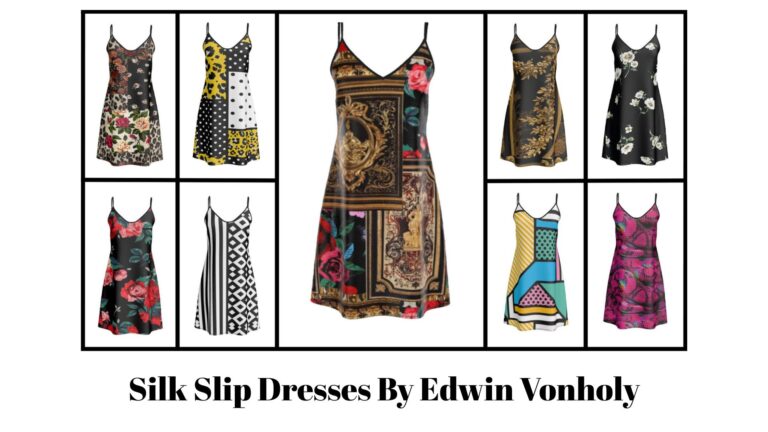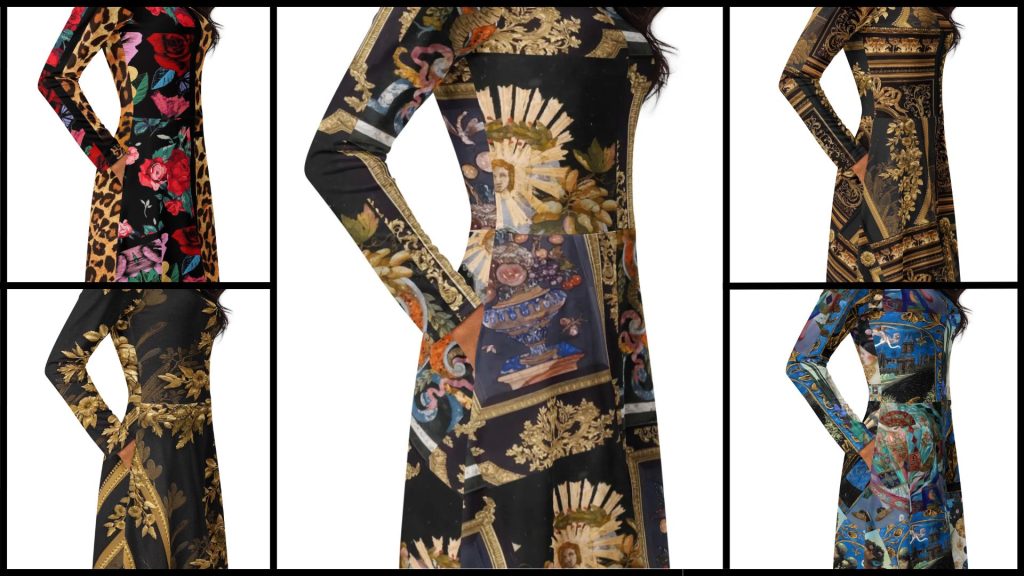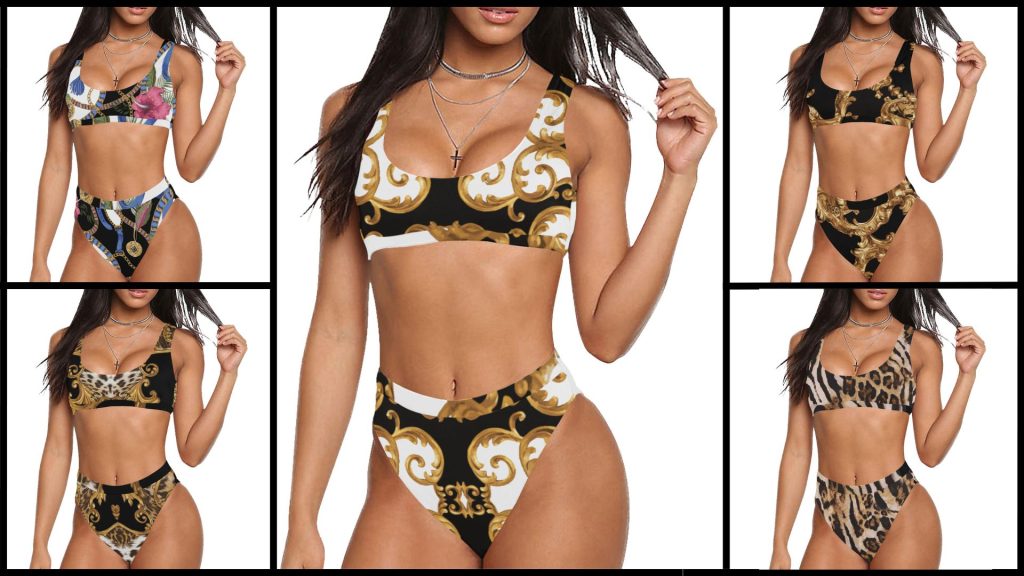How to Style a Hanbok for Special Occasions and Celebrations
The Hanbok is more than just a traditional garment; it is a representation of Korea’s rich culture and history. Often worn for formal and special occasions, the Hanbok is a beautiful expression of elegance, grace, and cultural heritage. Whether you’re attending a wedding, a festival, or a family celebration, styling a Hanbok can elevate your appearance and connect you with the timeless traditions of Korea. In this guide, we’ll explore how to style a Hanbok for different special occasions, providing tips on how to look your best while respecting the garment’s cultural significance.
1. Understanding the Components of a Hanbok
Before styling your Hanbok, it’s important to understand the key elements that make up this traditional outfit. A typical Hanbok consists of several pieces:
Jeogori (Top): A short jacket-like garment, usually with long sleeves, which is tied with a ribbon or string. It is often worn over the shoulder.
Chima (Skirt): A high-waisted, flowing skirt that reaches the ankles, creating a graceful silhouette.
Baji (Trousers): Traditionally worn by men, these loose-fitting pants are paired with the jeogori.
Norigae: Decorative pendants that hang from the jeogori’s string, adding beauty and flair to the outfit.
Headpieces: Women may wear delicate norigae or binyeo (a hairpin) to accessorize their hairstyle.
When styling your Hanbok, consider how each of these elements works together to create an elegant and balanced look.
2. Choose the Right Hanbok for the Occasion
Different occasions may call for different styles of Hanbok. For example, the type of Hanbok worn for a wedding might differ from one worn at a family gathering or a holiday celebration. Here’s how to choose the right Hanbok based on the event:
Weddings
For a wedding, Hanbok styles are often more elaborate, with luxurious fabrics and intricate embroidery. Brides may opt for a vibrant Jeogori in red or purple with a matching, voluminous Chima. Grooms often wear a jeogori in navy or dark blue paired with a long baji. Brides may also incorporate norigae or headpieces like the binyeo for a regal finish.
Festivals and Holidays
During Seollal (Lunar New Year) and Chuseok (Korean harvest festival), traditional Hanbok styles are commonly worn to honor cultural traditions. These outfits are often more colorful and festive, with lively hues like bright pink, green, and yellow. The Hanbok for these occasions is typically simpler than wedding attire, but still vibrant and meaningful.
Formal Gatherings
For formal gatherings, such as ceremonial events or cultural performances, a Hanbok in neutral or muted tones like beige, gray, or ivory can offer an elegant and sophisticated look. Subtle embroidery or delicate fabric choices, such as silk or satin, elevate the outfit for such special events.
3. Accessorize for a Complete Look
To elevate your Hanbok, accessorizing is key. While the garment itself is a statement, adding the right accessories can make your outfit stand out even more.
Headpieces
For women, a traditional binyeo (hairpin) or norigae can add a regal touch. These hair accessories often feature intricate designs with jewels, pearls, or metalwork, adding elegance to the overall look. The binyeo is typically worn with a traditional hairstyle, such as the jeongju bun.
Jewelry
In addition to the norigae, delicate jewelry such as earrings or necklaces can further complement the Hanbok. Choose simple yet sophisticated pieces that do not overshadow the traditional elements of the outfit. Gold or silver jewelry, as well as pearl earrings, work beautifully with most Hanbok designs.
Footwear
Footwear is another important accessory when styling a Hanbok. Traditional Hanbok shoes, known as beoseon, are soft, colorful slippers made of silk or satin. For formal occasions, women may opt for shoes with embroidered patterns that match the color scheme of their Hanbok. For men, beoseon shoes are typically black or dark in color, offering a more subdued look.
4. How to Style Your Hanbok for Modern Celebrations
While the traditional Hanbok is timeless, modern takes on this classic outfit can make it more versatile and wearable for contemporary events. Here’s how to update your Hanbok look for a more modern celebration:
Streamlined Silhouettes
Instead of opting for a voluminous skirt or full-length Chima, modern Hanbok styles often feature more streamlined silhouettes. These include tailored tops and shorter skirts or even Hanbok-inspired dresses. These modern adaptations are perfect for weddings or parties where you still want to honor tradition but prefer a more practical, fashionable look.
Mixing Western and Traditional Styles
Incorporate contemporary items such as blazers, jackets, or statement shoes into your Hanbok outfit to create a more mixed-style approach. For example, a Hanbok skirt can be paired with a chic, fitted blazer for a formal event, while a Hanbok top can be combined with high-waisted pants for a modern twist.
Minimalist Approach
Modern Hanbok designs often embrace minimalist aesthetics, with clean lines and muted colors. Choosing a Hanbok in monochromatic tones or featuring subtle embroidery can give a sleek, modern look that’s suitable for a range of celebrations.
5. Consider the Color Palette for the Occasion
In Korean culture, colors hold deep significance, especially in Hanbok designs. When styling your Hanbok for a special occasion, it’s essential to consider the meaning behind the colors.
Red: Symbolizes good fortune, vitality, and celebration, making it a popular choice for weddings and festivals.
Blue: Represents calmness, peace, and harmony, often worn during formal occasions or ceremonies.
Yellow: Associated with wealth and prosperity, making it an ideal color for important events.
Pink and Green: Often worn during Seollal and Chuseok, these colors are symbolic of youth, happiness, and prosperity.
Black or White: These colors are typically worn for formal or ceremonial events, with black representing dignity and white symbolizing purity.
Selecting a color that aligns with the event will enhance the symbolic significance of your Hanbok and make it more meaningful.
6. Comfort is Key
While styling your Hanbok for special occasions is essential, don’t forget about comfort. Traditional Hanbok designs are often loose-fitting, allowing for ease of movement. When choosing your Hanbok, make sure it fits well and allows you to move comfortably. After all, you’ll want to enjoy the celebration without worrying about your attire.
7. Conclusion: Embrace Tradition with a Modern Twist
Styling a Hanbok for special occasions and celebrations is an opportunity to embrace the rich cultural heritage of Korea while still expressing your personal style. Whether you’re attending a wedding, a festival, or any other festive event, the Hanbok offers a timeless elegance that’s perfect for marking significant milestones. By choosing the right design, accessorizing thoughtfully, and paying attention to color and fit, you can create a look that’s both traditional and modern. So, celebrate in style and wear your Hanbok with pride—an enduring symbol of beauty, history, and cultural pride.






